Games like Chrono Cross
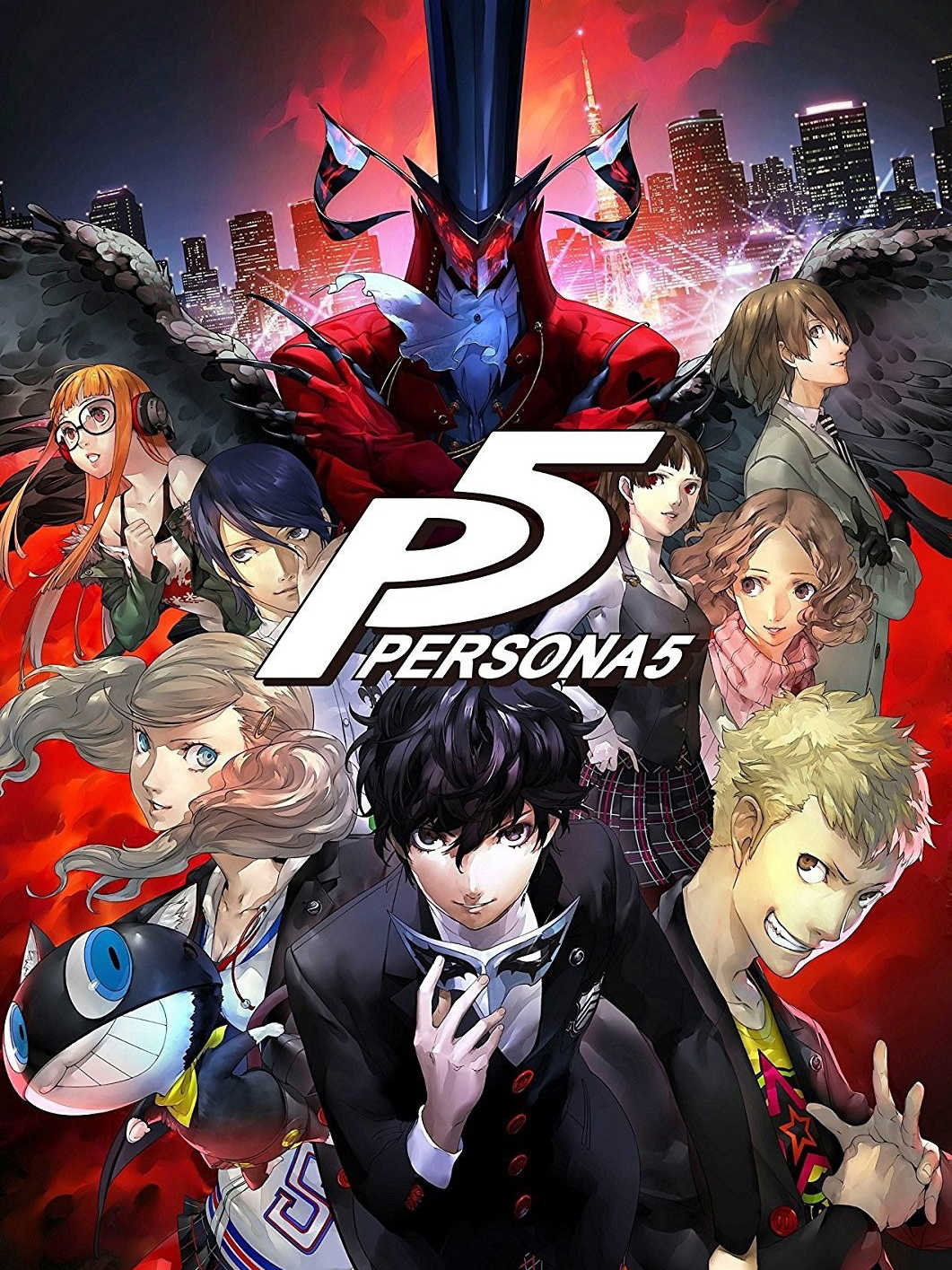
Persona 5
Persona 5, a turn-based JRPG with visual novel elements, follows a high school student with a criminal record for a crime he didn't commit. Soon he meets several characters who share similar fates to him, and discovers a metaphysical realm which allows him and his friends to channel their pent-up frustrations into becoming a group of vigilantes reveling in aesthetics and rebellion while fighting corruption.
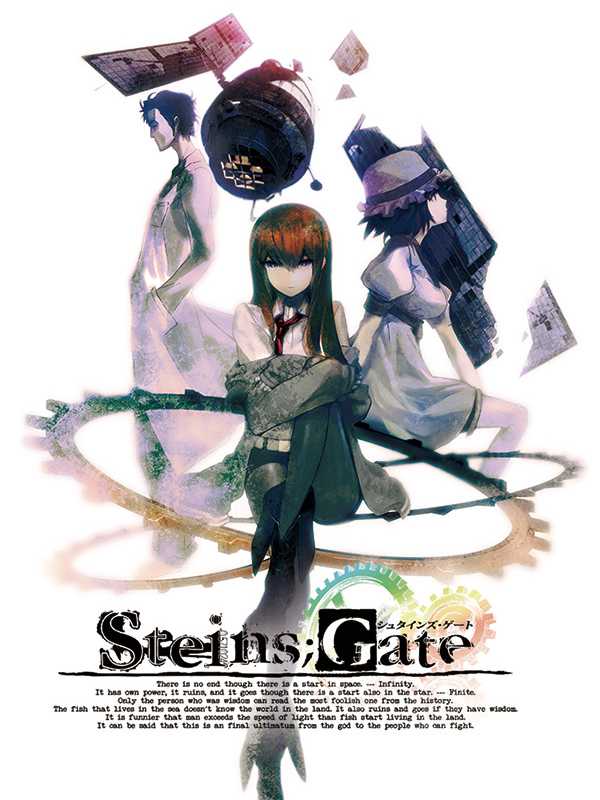
Steins;Gate
Steins;Gate is a Japanese visual novel developed by 5pb. and Nitroplus. It is the second game in the Science Adventure series following Chaos;Head. The game is described by the development team as a "hypothetical science ADV" and explores time and time travel in 2010 Akihabara. The gameplay follows non-linear plot lines which offer branching scenarios with courses of interaction.

Final Fantasy IX
Final Fantasy IX is the ninth main installment in the FF series. The title is a return to the series's roots, with gameplay features and references to the past games featuring throughout, as well as a medieval fantasy setting and cartoonish art style as a break from the sci-fi slant style of Final Fantasy VII and Final Fantasy VIII.

Baldur's Gate II: Shadows of Amn
Every World has conflict. Good and evil. Friend and foe. Safety and danger. In Baldur's Gate II: Shadows of Amn, you'll find yourself between these factions. This epic sequel to the Roleplaying Game of the Year will immerse you in a world of intrigue, adventure and fierce combat where your ability to discern the difference between these sides - with the assistance of steel and spell - determines your fate. Set in the Forgotten Realms campaign setting, Baldur's Gate II is the most stunning Advanced Dungeons and Dragons game to date.
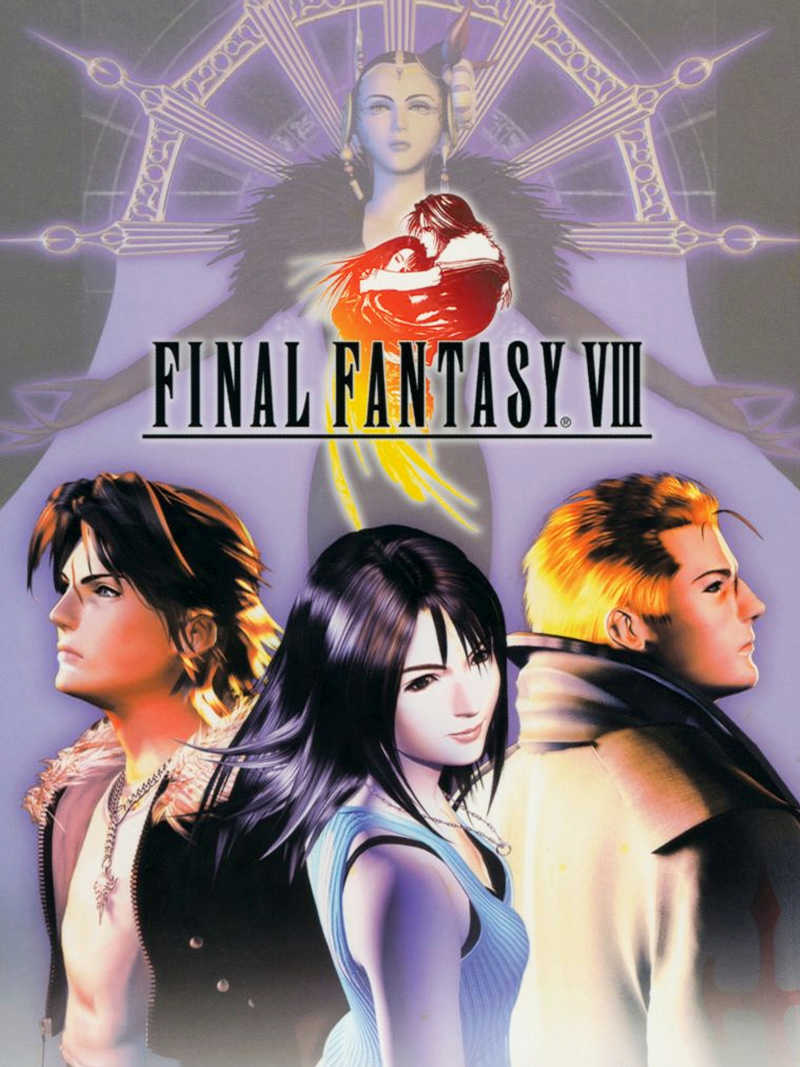
Final Fantasy VIII
Final Fantasy VIII is the eighth main installment in the Final Fantasy series. The gameplay makes a departure from many series standards. While it still uses the Active Time Battle system, it deviates from the series' traditional means of boosting a character's power via leveling, although levels are not completely abandoned as they were in Final Fantasy II. In addition, it does not have a Magic Point-based system for spell-casting. Instead, magic is collected, drawn, and created from items, and is used to power up the characters via the junction system.
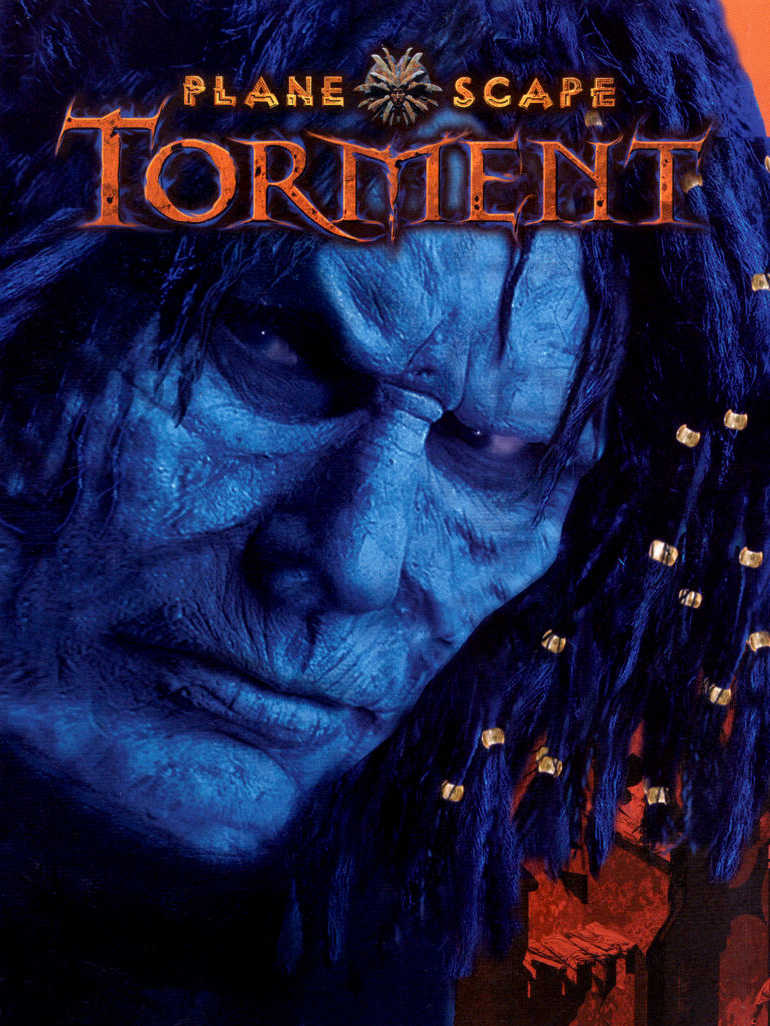
Planescape: Torment
A CRPG set in the Dungeons & Dragons setting of Planescape in which The Nameless One, an immortal amnesiac, sets off on a quest across the infinite Planes and gathers a party of conflicted companions to find out who he is and reclaim his mortality. Throughout it, he faces the consequences of the horrors he committed in his past lives and tries to find the root of all the torment plaguing his companions and the Planes.

Rogue Galaxy
Rogue Galaxy is an action role playing game set in a futuristic fantasy universe, in which the player moves through a continuous environment with no load time between overworld exploration and battles. Battles occur as random encounters, Rogue Galaxy uses a real-time hack and slash combat system in which the player fights with a party of three characters. The player has direct control over only one character, although they can change which character that is at any time. The two NPCs fight independently of the player character, based on a strategy selected prior to the battle. Available strategies include fighting especially aggressively, targeting a specific enemy or not fighting at all. The strategy can also be changed at any time during the battle. Additionally, the player can issue specific orders to the NPCs during combat, such as having them use an item or activate one of their special abilities.
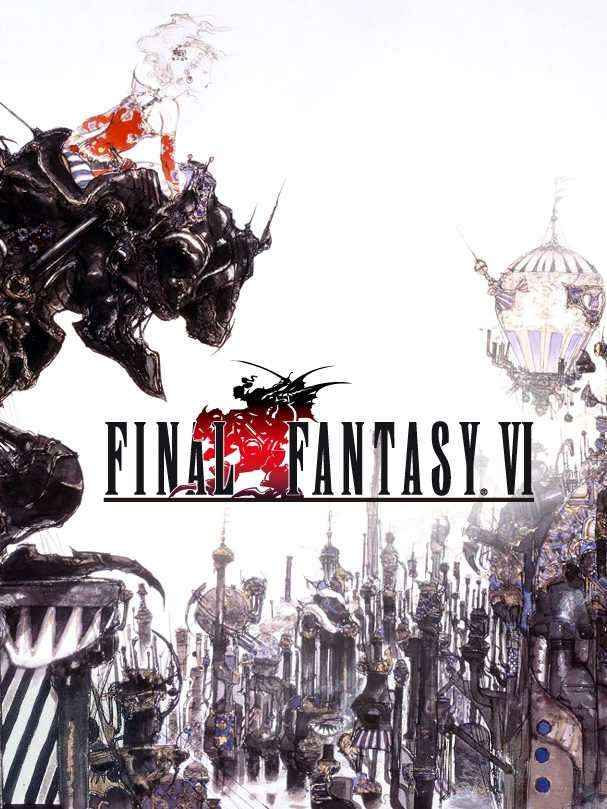
Final Fantasy VI
Final Fantasy VI is the sixth main installment in the Final Fantasy series, developed and published by Square. It was the final title in the series to feature two-dimensional graphics, and the first story that did not revolve around crystals. The game gives players up to fourteen playable characters, the largest cast in the series, and features the Active Time Battle pseudo-turn based menu command system. A party can consist of up to four characters, though some events require the player to assemble three different parties of up to four and switch between them. Each character has a unique command ability, such as Terra's Trance, Locke's Steal, Edgar's Tools or Sabin's Blitz, and can also learn Magic spells from earning AP from battles with magicite equipped. Each character's rare Desperation Attack will randomly activate after using the Attack command when at critical health.
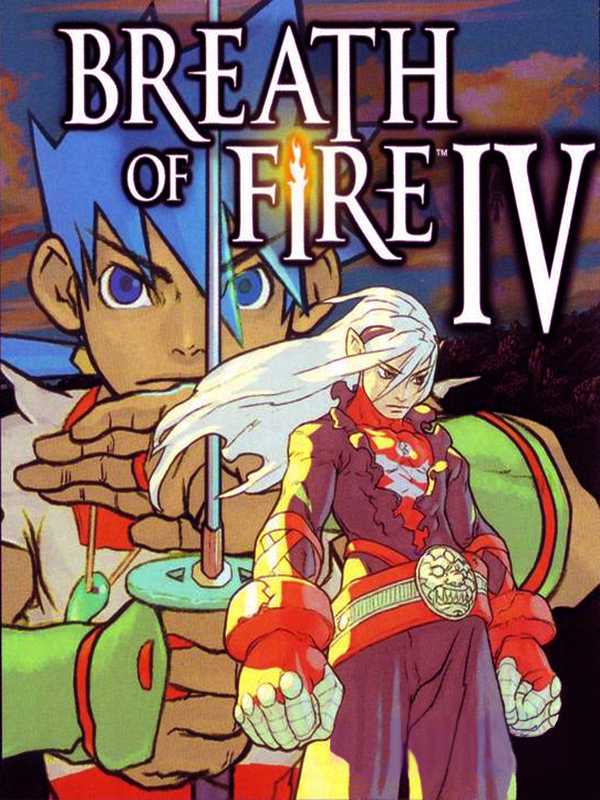
Breath of Fire IV
Breath of Fire IV is a single-player game that continues the story with these "dragon people," who gave their lives to eradicate the evil goddess and restore peace in their world. This time around, battle has broken out between two powerful continents, and the fair Princess Elena has disappeared during a tour of the war-torn region. The princess's sister, Nina, who reigns o'er the Windia Kingdom, vows to retrieve her missing sibling. She meets Ryu along the way, who joins the epic quest
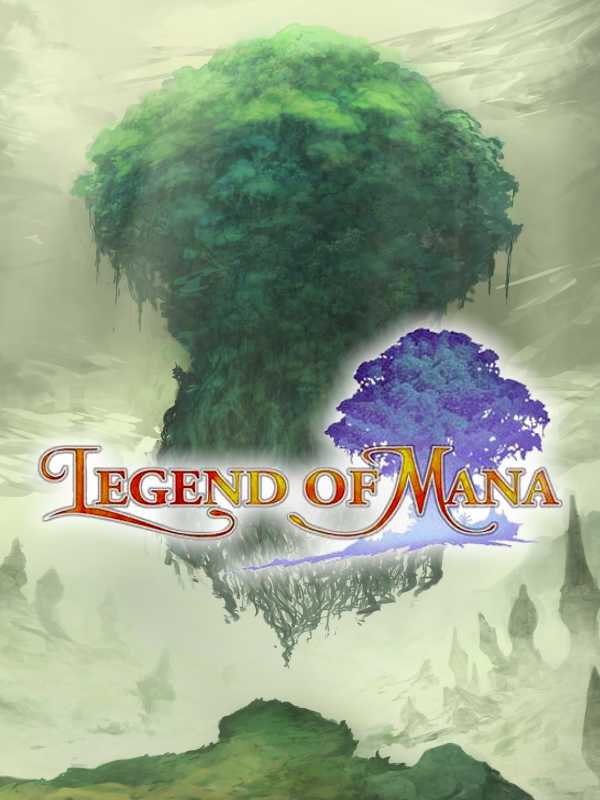
Legend of Mana
While incorporating action role-playing game elements from the three games which preceded it, Legend of Mana has its own distinct style of gameplay. Most notably, it gives the player the ability to shape the game's world of Fa'Diel according to his or her desires, a system which was incorporated through the use of "artifacts," which are gained as the player progresses through the game. The player uses the artifacts to create different towns, dungeons, etc., called "Lands", to venture to and explore. This creates a non-linear gameplay, since the game is driven by a series of what would be considered side-quests in other games. Legend of Mana features three different plots which can occur simultaneously, and which do not necessarily need to be completed for the player to finish the game. Legend of Mana was a financial success in Japan. While the game garnered considerable praise for its graphics and presentation, many critics and fans were turned off by the game's lack of a main storyline.